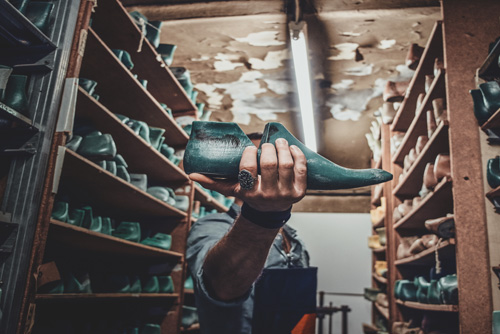
A Specialized Footwear eCommerce Retailer
Our client, based in the US, provides a broad range of footwear, encompassing casual, formal, athletic, and specialty shoes for men, women, and children. Known for their superior quality products, they collaborate with esteemed brands and designers to promote and offer the newest trends and styles in the footwear industry.
